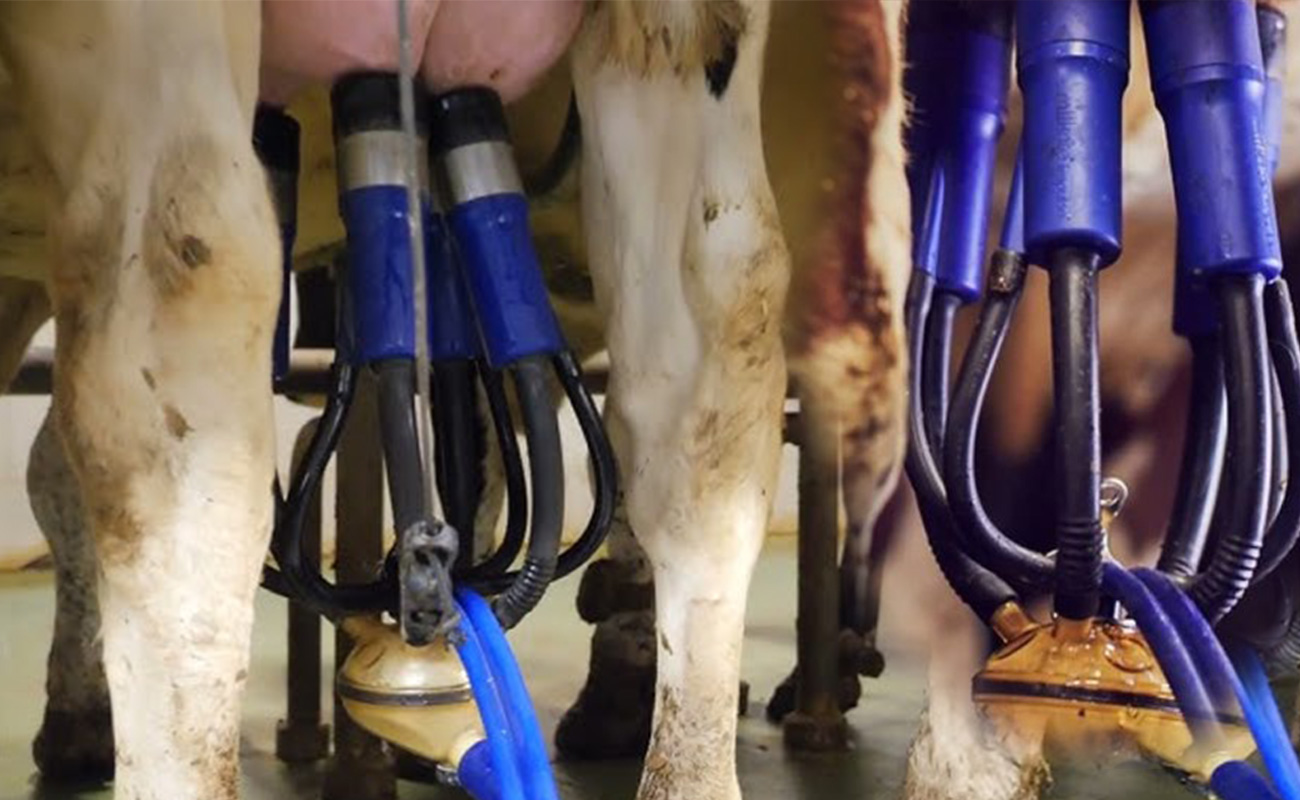The Importance of Timely Liner Replacement for Your Dairy Farm
In the hustle and bustle of running a dairy farm, it’s easy to overlook the small things that make a big difference. Teat liners, for instance, might not be top of mind, but they play a crucial role in keeping your cows healthy and your milk flowing smoothly. Think of liners as the handshake between your milking system and your cows, if that handshake gets weak, it’s time for a change.
In this blog, we’ll walk you through why replacing liners on time matters, what happens if you don’t, and how to choose the right liners for your farm. Let’s make sure your cows are comfortable, healthy, and giving their best!
Why Do Liners Have a Lifespan?
Liners are designed to handle a certain number of milkings, typically between 900 and 6,000. But it’s not just about counting milkings. Over time, the rubber or silicone material in liners wears down. Think of it like a pair of shoes: the more you use them, the more they lose their grip and shape. Liners lose their elasticity, and that can cause problems for your cows.
Signs It’s Time to Replace Your Liners
One of the first things you’ll notice when liners are past their prime is a change in your cows’ teat condition. Worn-out liners can start to put too much pressure on the teats, causing issues like hardening (hyperkeratosis) and even increasing the risk of infections. And when your cows aren’t comfortable, they won’t produce as much milk.
So, what should you watch for?
-
Teat ends looking rough or swollen.
-
Milk flow slowing down.
-
Cows showing signs of discomfort during milking.


